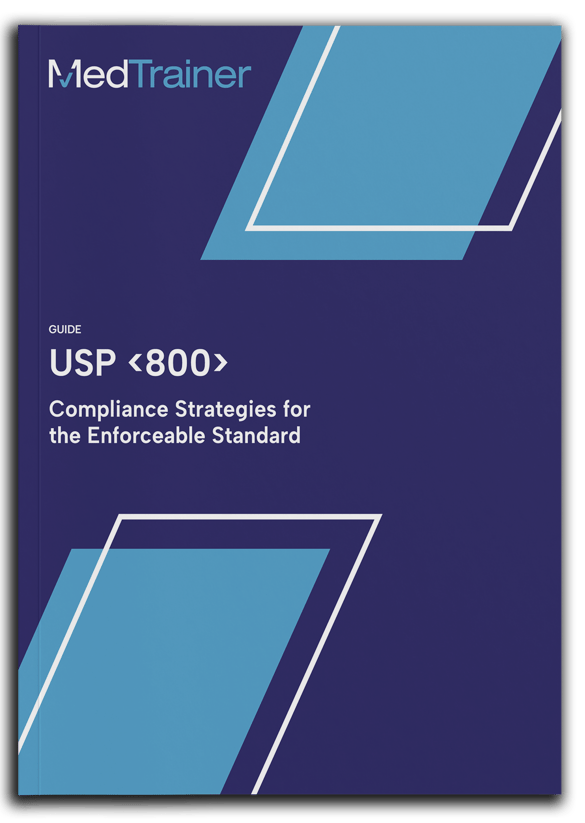
The implementation of USP Chapter 800 is critical in the realm of pharmacy safety compliance, particularly for healthcare institutions handling hazardous drugs. The USP 800 guidelines accentuate the necessity for establishing rigorous administrative controls as part of the overarching framework to protect personnel, patients, and the environment from the deleterious effects associated with hazardous drug exposure. Understanding the nuances of these administrative controls is paramount for compliance and safety.
At the core of USP 800 lies the principle of risk assessment. Facilities must develop standard operating procedures (SOPs) that address the safe handling of hazardous drugs. This includes thorough evaluations of the specific risks posed by each hazardous drug, in conjunction with an analytical approach to determining the level of exposure and the potential for adverse health effects. Risk assessments must be conducted routinely and updated as necessary to reflect any changes in drug formulations or protocols, thus ensuring an evolving plan that adapts to new information.
Another fundamental administrative control required by USP 800 is the establishment of comprehensive training programs. All personnel who handle hazardous drugs must receive education regarding the dangers these substances pose, as well as proper handling techniques. Training should encompass how to identify hazardous drugs, safe transport protocols, and emergency response procedures in the case of accidental exposure or spillages. Continued professional development is an essential element of compliance, as the ever-evolving landscape of pharmaceutical drugs necessitates ongoing education.
Additionally, the guidelines stipulate the implementation of a health monitoring system for workers engaged in the handling of hazardous drugs. This entails routine medical evaluations and health status questionnaires to detect any adverse effects linked to exposure. Regular health surveillance is critical—not only serves as a protective measure for staff but also establishes accountability and a commitment to maintaining a safe working environment.
Moreover, robust record-keeping practices are an indispensable aspect of the administrative controls outlined in USP 800. Proper documentation of all training sessions, risk assessments, and employee health evaluations must be meticulously maintained. These records not only provide an organizational history of compliance but are also vital during audits and inspections. The integrity of the documentation process reinforces the facility’s commitment to safety and act as a resource for future training and policy evaluations.
A pragmatic approach to ensure compliance also involves refining access control protocols. Limiting access to areas where hazardous drugs are stored, compounded, or administered helps minimize exposure risk. This may involve the implementation of key-card systems or controlled entry points, ensuring that only trained and authorized personnel can enter these sensitive areas. Such measures are crucial not only for compliance but also to foster a culture of safety within the institution.
Furthermore, the guidelines emphasize the necessity of a dedicated safety committee that is actively involved in reviewing and enhancing safety practices on an ongoing basis. This committee should comprise individuals from various specialties within the organization, allowing for a multifaceted perspective on safety and compliance. Together, they are responsible for periodically assessing the effectiveness of safety protocols, identifying potential areas for improvement, and proposing new initiatives, thereby playing a pivotal role in the institutional safety culture.
The physical design of the workspace is another administrative control that cannot be overlooked. The formulation of ergonomically designed areas for the handling of hazardous drugs can significantly reduce the risk of accidents and exposure. This includes the installation of properly designed ventilation systems, the use of closed system drug-transfer devices (CSTDs), and the segregation of hazardous drug storage areas from non-hazardous environments. An environment that is consciously constructed not only helps in compliance but also enhances the overall safety and efficiency of pharmacy operations.
In alignment with the administrative control requirements, the development of a comprehensive emergency response plan is essential. This plan must outline clear steps to be taken in the event of an accidental exposure or spillage. It should include contact information for local poison control centers, a list of necessary personal protective equipment, and designated personnel trained in emergency procedures. Practicing these protocols through simulation exercises helps ensure that employees are adequately prepared for any eventuality.
Finally, continuous monitoring and improvement of all administrative controls is critical to maintaining compliance with USP 800. Facilities must engage in self-audits and utilize compliance assessments to continually evaluate their adherence to guidelines. Regular feedback and assessments serve not only to reinforce compliance but also to identify areas needing enhancement. By fostering an environment of continuous improvement, establishments can safeguard both their staff and patients from the risks associated with hazardous drug exposure.
In conclusion, the administrative controls mandated by USP 800 serve as the bedrock of safety compliance in the pharmacy sector. By establishing thorough training programs, implementing health monitoring systems, and maintaining rigorous documentation processes, healthcare institutions can create a robust framework that minimizes risk. It is imperative that all stakeholders remain diligent and proactive in their efforts to uphold the stringent standards set forth by USP 800, ensuring a safer landscape for all involved in the handling of hazardous drugs.
